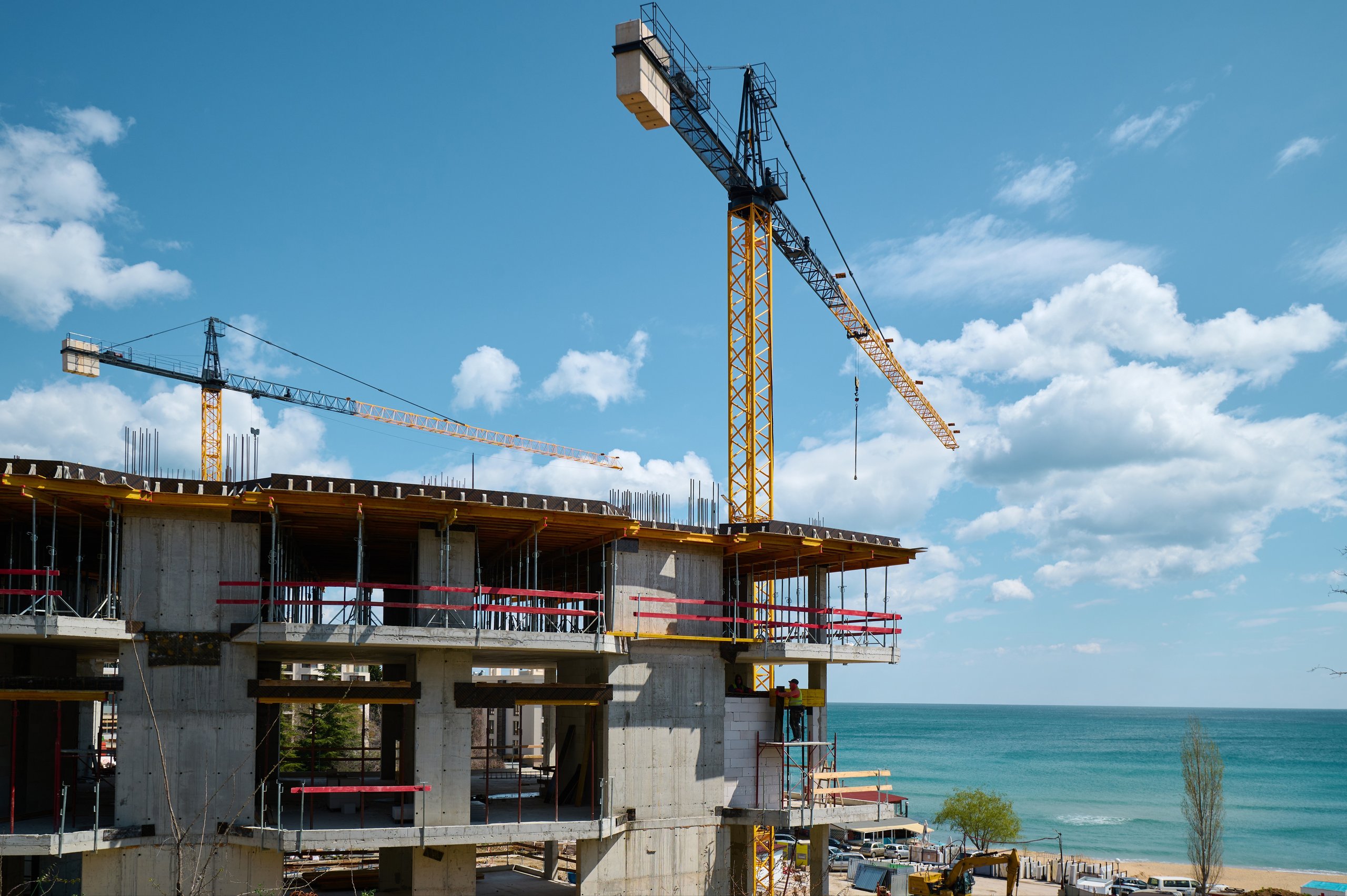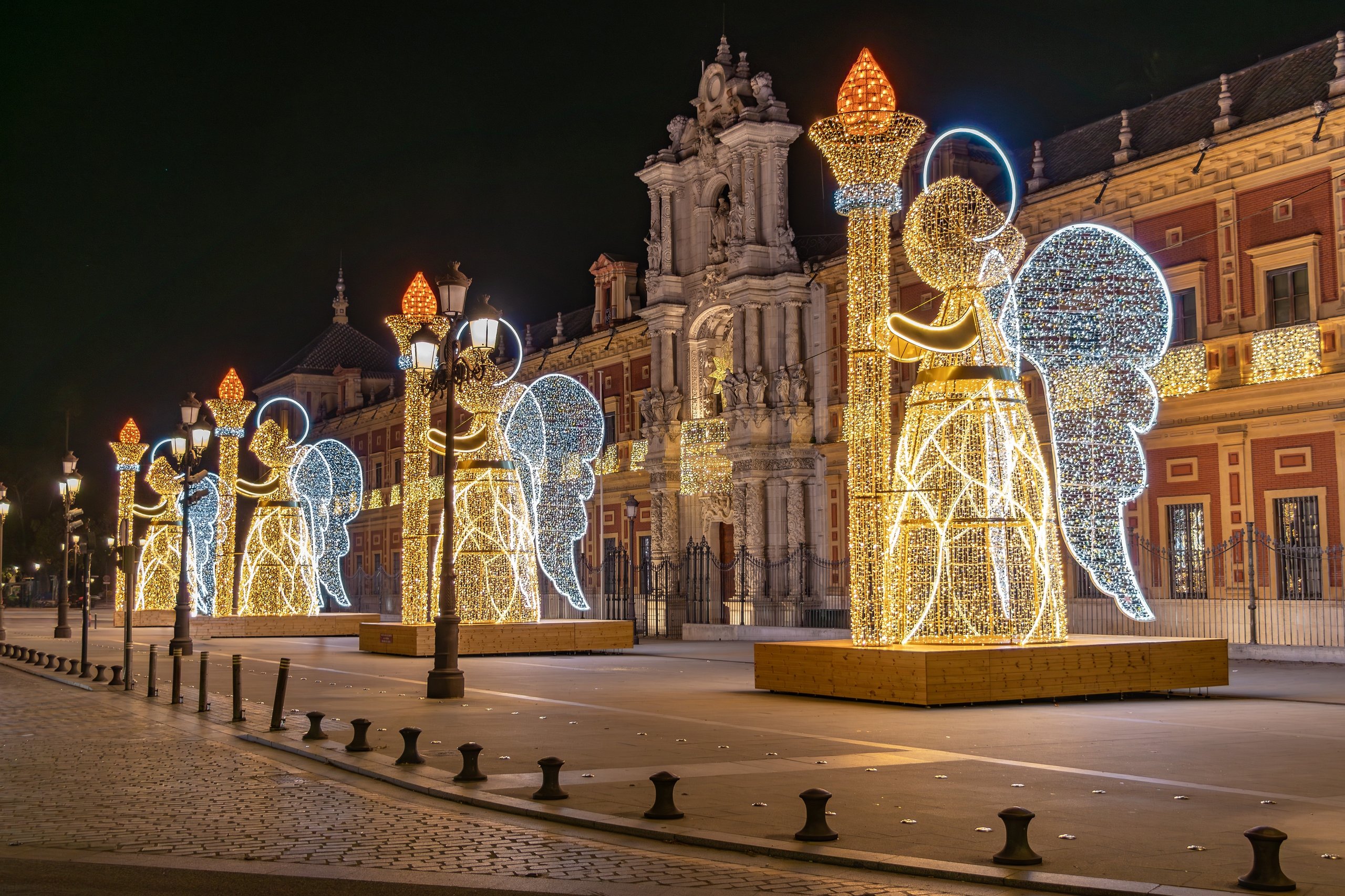If the land of the dolce vita (“sweet life”) is calling you, and holidays just aren’t going to be long enough, you might need a visa to live in Italy. The good news is that they’re not so hard to get, even for the British post-Brexit or for those from America and further afield.
Buying a home in Italy is entirely possible whether you’re an Italian, European Union (EU) or non-EU citizen. There are no restrictions on foreign ownership of property, except in rare cases of individuals or nations sanctioned by the European Union. But if you plan to spend more than just holidays at your Italian home, it’s important to understand the right visa and residency options to stay legally.
Retire to Italy, with your free guide
Whether you dream of retiring to Tuscany, working remotely from the Amalfi Coast or sending your children to study in Florence, Italians welcome international residents. But there’s a process to follow.
This guide will walk you through the rules EU and non-EU citizens must follow in 2025, and explore the visas available depending on your lifestyle, income and purpose of stay. By the end, you’ll feel more confident about the next step toward your Italian life.
Contents
- Living in Italy as an EU citizen
- Living in Italy as a non-EU citizen
- Elective residency visa
- Family reunification visa
- Student visa
- Work and self-employment visas
- Digital nomad and remote worker visas
- Investor visa
- Working holiday scheme
- How to apply for a visa and residence permit
- Getting your Italian residence permit
- Visa fees in Italy
Living in Italy as an EU citizen
If you’re an EU citizen, the good news is that your path to living in Italy is relatively straightforward. You do not need a visa to move or purchase property, nor do you require a residence permit to stay. However, there are legal steps to follow if you’re staying longer than 90 days.

For short visits under 90 days, you aren’t required to register with any local authorities, but it’s a good idea to submit a “Dichiarazione di Presenza” (Declaration of Presence). This form provides proof of your stay and can be downloaded from your region’s local authority website.
Should you decide to stay longer than three months — whether to retire, work or live full-time — you must register your residence at your local town hall (Comune, specifically the Ufficio Anagrafe) within eight days of settling in. You’ll typically be asked to show:
- proof of a residential address in Italy
- evidence that you can support yourself financially
- health insurance covering you for your stay
Once approved, you’ll receive a registration certificate valid for five years, and you’re also eligible to apply for a Carta d’Identità (identity card), which will be posted to your Italian address.
Non-EU family members of EU citizens
Even with a country as romantic as Italy you will probably wish to bring your spouse to live with you! If your partner does not have an EU passport they will be required to apply for a visa. Some dependant family members will be allowed to move with you, specifically dependent children. Find more information about the rights of EU citizens and their family members here.
Living in Italy as a non-EU citizen
If you’re coming from outside the EU, including the UK, US, Australia or Canada, you can legally stay in Italy for short spells without a visa. The Schengen Agreement lets you spend up to 90 days out of every 180-day period in Italy as a tourist or property owner without residency.
Italy’s Ministry of Foreign Affairs’ website (MAECI, or Farnesina) has a calculator that you can use to find out what permits you need, according to your nationality, country of residence, the reason for your stay and the duration of your visit.
To stay longer than 90 days, however, you’ll need a long-stay visa (also called a “national visa” or D visa), and eventually apply for a residence permit (permesso di soggiorno). This applies even if you’re not working or earning in Italy.
The type of visa you apply for depends on your reason for staying — retiring, joining family, running a business, studying or working remotely. And each one comes with its own eligibility criteria and paperwork. To find out exactly what documents you need based on your nationality and intended stay, visit the official MAECI visa portal: https://vistoperitalia.esteri.it/
Once your visa is approved, you’ll present it at the border when entering Italy. After arrival, you must apply for a residence permit within eight days.
Elective residency visa
The elective residency visa is a popular route for non-EU nationals who want to live in Italy without working. It is ideal for retirees, financially independent individuals or those with passive income from abroad.
Retire to Italy, with your free guide
Italy defines ‘passive income’ as such things as pensions, investment dividends, rental properties, royalties, property income or savings. It cannot come from current employment or freelancing. Proof of this income is essential to apply.
As of 2025, the minimum income level required is roughly €31,000 per year for an individual, €38,000 for a couple, plus 20% more per dependent. You’ll also need:
- a valid passport
- passport-sized photos and an application form
- proof of financial means (bank statements or pension letters)
- property deeds or a long-term rental contract
- a one-way travel reservation
- documentation for any dependents
- proof of private health insurance
Once granted, the visa is valid for two years and can be renewed. After five continuous years living in Italy on an elective visa, you could qualify for permanent residency.
Family reunification visa
If you have close family legally living in Italy, you may be eligible for a family visa to join them. This includes spouses, dependent children and dependent parents.
To apply, you’ll need to show evidence of your relationship through marriage or birth certificates. Your family member in Italy must already hold a valid residence permit or be an Italian citizen. If joining a child, they must be under 18 or financially dependent on you.
Before applying, your family member must request a “Nulla Osta” (consent certificate) from their local immigration office (Sportello Unico per l’Immigrazione). Once issued, you’ll be able to book your visa appointment.
The family reunification visa is valid for the same period as your family member’s permit and is renewable. It also allows you to apply for your own residence permit once in Italy.
Student visa
If you’re planning to study in Italy for more than three months, you’ll need a student visa. This visa is available to non-EU citizens accepted into an Italian university, language school or training course.
There are two types, and which you go for depends on your planned length of stay:
- Type C – short-stay visa for courses under 90 days
- Type D – long-stay visa for full academic programmes
To apply, you must submit:
- proof of enrolment at an accredited institution
- confirmation of accommodation
- valid passport and passport photos
- evidence of sufficient funds to support yourself
- private health insurance
If your visa is approved, you’ll later apply for your residence permit once in Italy. Student permits often allow part-time work during your stay (up to 20 hours per week). Check with your institution and immigration officer to confirm your work rights while studying.
Work and self-employment visas in Italy
To work in Italy as a non-EU citizen, you’ll need a work permit before applying for a visa. Italy issues these permits under a quota system, set yearly through a document called the “Decreto Flussi.”
The good news? Your employer in Italy handles much of the process. They apply for your work permit, and once approved, you have six months to apply for your work visa.
You’ll need to show:
- a signed job contract and work authorisation
- proof of qualifications or experience
- a valid passport
- proof of accommodation in Italy
Self-employment visas are trickier, as they involve getting permission from local authorities known as “sportelli unici.” You must prove that your work is legal in Italy, show business registration documents and meet income thresholds.
Having help from an Italian accountant or immigration adviser is highly advisable for both visa routes.
Digital nomad and remote worker visas
In response to changing work habits, Italy introduced the long-awaited digital nomad visa. This allows qualified remote workers to live in Italy while working for a foreign employer or running a freelance business online.
These visas are available for tech professionals, software developers, creatives and other high-skilled remote roles. Applicants must prove they are employed or self-employed and that their work is entirely remote using digital tools.
Key requirements include:
- proof of income above €28,000 per year
- evidence of remote work (contracts or client letters)
- proof of accommodation in Italy
- clean criminal background
- private health insurance
This visa also helps companies that allow staff to “work from anywhere.” The initial visa lasts one year and is renewable. Information continues to be updated, so check with your Italian consulate for the latest requirements in 2025.
Investor visa
Designed for those with capital to invest, the Italian investor visa allows non-EU citizens to stay in Italy via a qualifying investment.
You can qualify by investing one of the following:
- €2 million in government bonds
- €500,000 in an Italian limited company
- €250,000 in an Italian start-up
- €1 million in philanthropic projects
Real estate purchases do not count, unlike golden visa schemes in other countries. To apply, you must request a “Nulla Osta” from the Ministry of Economic Development by providing:
- proof of transferable funds
- a business plan or investment commitment
- passport and criminal record check
Once approved, you’ll receive a two-year visa, renewable for three more years. After five years, you may be eligible for permanent residency.
Working holiday scheme
Italy has working holiday agreements with Australia, New Zealand, Canada and South Korea for travellers aged 18–30. These schemes allow young visitors to stay for up to 12 months and work part-time while experiencing Italian life.
British citizens are currently not eligible, though this may change with future agreements.
Participants can only take advantage of the programme once and may be required to show proof of savings, health insurance and a return ticket. Local consulates provide appointment slots and guidance based on your home country’s eligibility.
How to apply for a visa and residence permit
Once you’ve selected the most suitable visa for your situation, it’s time to prepare your application. Long-stay visa applications must be lodged in your country of residence — for example, British residents can apply via the Italian Consulates in London or Edinburgh.
You’ll need to:
- complete the relevant visa application form
- provide valid passport and two passport-sized photos
- gather supporting documents (accommodation, financial means, insurance)
- pay the applicable visa fee (around €116 plus service charges for long-stays)
Book your appointment early — processing can take several weeks and slots fill quickly. When applying, bring all originals and photocopies of your documents. Mistakes or missing paperwork can delay approval.
Visa durations vary by type and can generally be extended from within Italy if you decide to remain longer.
Getting your Italian residence permit
After arriving in Italy with a valid long-stay visa, you must apply for a “permesso di soggiorno” (residence permit) within eight calendar days.
Collect the application kit from a local post office (look for “Sportello Amico”), or visit your local Comune or Patronato office for in-person support. The application requires:
- completed forms
- passport and visa copy
- four recent passport-sized photos
- €14.63 revenue stamp
- proof of your reason for staying (job offer, enrolment, etc.)
You’ll receive a receipt confirming your application and a date for your biometric appointment with the Questura (police immigration office). Once approved, your permit is sent to your address or collected in person.
Your permit remains valid for the duration of your visa and must be renewed before it expires.
Visa fees in Italy
Visa application fees cover admin costs and vary by visa type. As of 2025, the fees are approximately:
- Short-stay Schengen visa: €80
- Long-stay national visa: €116
Visa applications via consulates also include service fees, typically handled by third-party agencies such as VFS Global.
Additional fees apply for the residence permit:
- Application stamp (Marca da Bollo): €14.63
- Administrative processing fee: €30–€70 (depending on permit length)
Always use official government sites or trusted specialists to confirm the latest fees and avoid scams.
Get expert help for the move to Italy
Planning your move to Italy involves more than just dreaming about vineyards and villas. The visa and residency process can be tricky — especially as requirements continue to evolve.
Speak to a trusted visa expert to guide you from choosing the right permit through to gathering documents and completing your application. At Your Overseas Home, we connect buyers with approved legal and immigration advisers who understand Italy’s rules inside out.
Want to get started today? Book a free call with one of our consultants or download our free Italy buying guide to help plan your move.









